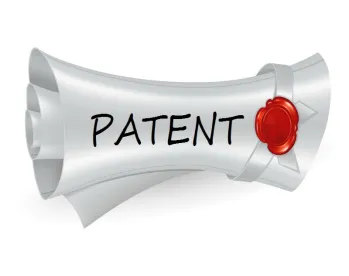Under the Mayo/Alice test for patent eligibility, answering the questions of whether any particular claim is “directed to” a “judicial exception” without “significantly more” remains in many ways a substantial and unpredictable challenge for U.S. patent applicants in the diagnostic space. In cases where the detection processes are typically deemed “routine and conventional” (e.g., PCR) and the targets are known (e.g., expression of a known gene), claims must be crafted in ways that avoid rejections for both patent eligibility and anticipation and/or obviousness over the prior art. The recent PTAB decision in In re Srivastava et al. expressly addresses obviousness in this context, while highlighting a possible strategy for dealing with patent eligibility challenges as well (Appeal 2017-1981, Application 13/974,007, decided October 22, 2018; hereafter “In re Srivastava”).
During prosecution of the ’007 Application, the examiner rejected as patent ineligible a claim for “[a] method of detecting an increased risk of prostate cancer in a human subject” that included “measuring the expression level” of a particular gene product (ERG8), “comparing” to a threshold, and “correlating” the measured level to a risk of prostate cancer. In response to the rejection, the applicant presented a replacement claim that instead recited “[a] method of detecting the expression of . . . (ERG8) . . . in a biological sample . . . wherein the biological sample is obtained from a subject suspected of having prostate cancer.” The replacement claim was silent as to any “correlation” or “risk,” and was not rejected for patent ineligibility. Rather, the examiner rejected the new claims only for alleged obviousness in view of references disclosing the gene, methods for detecting gene expression, and the association of related variants with prostate cancer.
The examiner acknowledged that the cited references did not suggest a correlation between overexpression of ERG8 and prostate cancer, but argued that because the correlation per se was not recited in the claims, the prior art was not required to teach it. If true, this would present a troublesome dilemma—recite a “correlation” and wrestle with patent eligibility, or leave it out and face anticipation and/or obviousness. However, the PTAB disagreed. Specifically, “without a suggestion of any correlation/relationship in the cited evidence, we are unpersuaded the skilled person would have tested the sample type that the claims require.” In re Srivastava at 5-6. Moreover, the PTAB characterized the examiner’s assertion that it would be obvious to try to detect expression of any fusion gene within a known family that has associations with the prostate as “an overstatement rooted in hindsight.” Id. at 6. The PTAB challenged the alleged reasonable expectation of success for similar reasons, and concluded that the claims on appeal were not obvious in view of the cited references.
The issue of patent eligibility was not squarely before it, but considering the similarity between the claims on appeal and the claims previously rejected under 35 U.S.C. § 101, it remains noteworthy that the PTAB did not discuss this issue, even as a potential new ground of rejection. At the very least, recitation of sample source removed an express recitation of an arguably abstract or natural “correlation.” In the absence of many process details, recitation of sample source is unlikely to be sufficient to avoid a challenge of patent ineligibility. For example, “existence and location of cffDNA is a natural phenomenon [and thus] identifying its presence [in maternal serum] was merely claiming the natural phenomena itself.” Rapid Litig. Mgmt. v. CellzDirect, Inc., 827 F.3d 1042, 1048 (Fed. Cir. 2016) (citing Ariosa Diagnostics, Inc. v. Sequenom, 788 F.3d 1371, 1376 (Fed. Cir. 2015)). However, the method claims on appeal in In re Srivastava were more detailed than the general recitations at issue in Ariosa, which may explain why patent eligibility was not raised by either the examiner or the PTAB in this instance.
Takeaway: A possible claim strategy to consider for diagnostic inventions in the U.S. is to recite the diagnostic process with reference to the sample source “suspected of having” the disease to be diagnosed, rather than reciting a generic sample and a step of correlating or diagnosing the disease.





 />i
/>i

